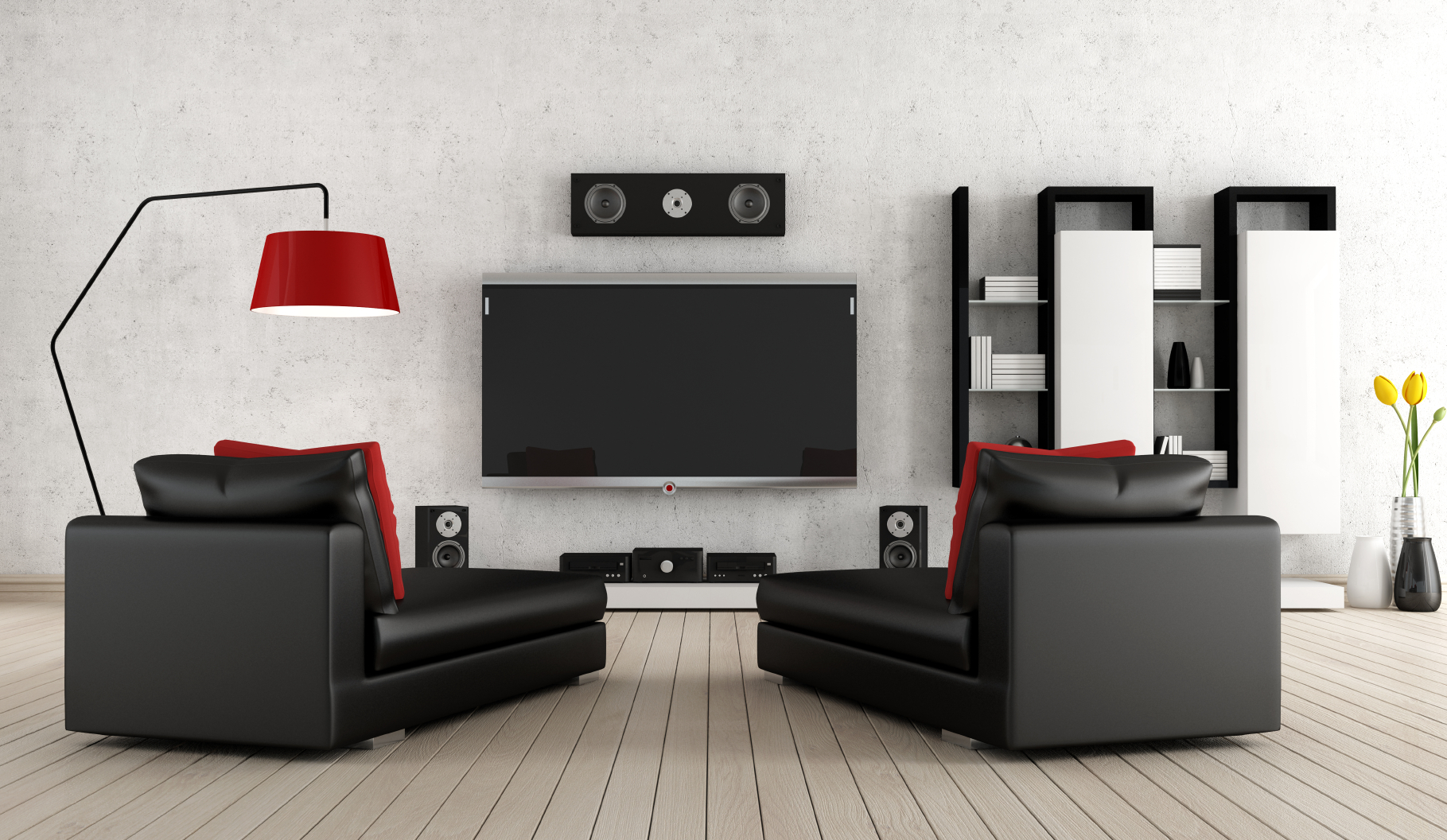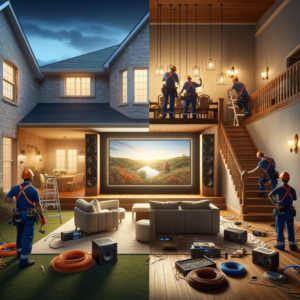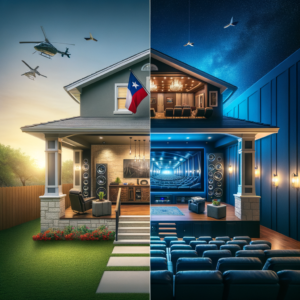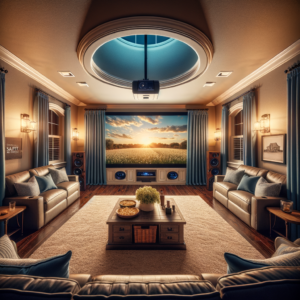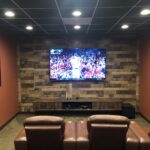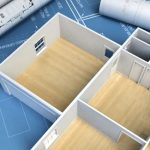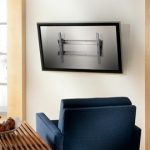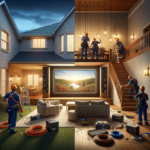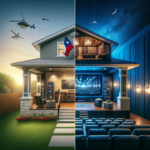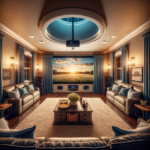Installing a home theater space requires a moderate knowledge of AV technology but there are many other important elements to be conscientious of as well. That’s where a concept called Design Optimization is beneficial to learn and grasp. When installing a theater in a dedicated room or giving the theater treatment to an open space, you should integrate your design around the theater itself to utilize the full efficiency of your AV setup. We help shed some light on the crucial design interplay, using vital logistics accrued from top experts in the home theater design industry. Adhering to crucial acoustic and visual design tools, any builder or homeowner can bring a reality to their most lavish home theater visions.
The most common challenge of designing a home theater is getting a homeowner properly informed about the visual and acoustic fundamentals in the design strategy. In order to resolve conflicts in interior design and systems integrators, an understanding of Design Optimization is very advantageous. This concept uses an attention to detail that is acknowledged in all aspects of the design. Everything from placement of display and speakers to lighting, wall coverings and furniture is outlined for optimal function. Even without high-priced CE equipment, the planned interior of the room can create a favorable home theater environment just by mastering the right design details. Without the necessary design harmony in play, many dedicated theaters run into issues that prevent viewers from fully enjoying them. So if you want a theater that exudes comfort while being technologically sound, consider the common issues many homeowners run into.
- No floor coverings on hardwood floors, this can result in sound obstruction.
- Displays set too high. This can be problematic to joints, causing neck stiffness and visual straining with viewers.
- White walls. This can cause conflict with the available light in the room, hindering the display.
- Use of glass furniture. Glass can ensue reflections, resulting in distractions with the visual display.
- Lack of window coverings, exposing too much ambient light in the room.
- Sound loss, as a result of adjoining rooms.
- Speakers placed directly above viewer’s heads.
Design optimization can be as simple as do-it-yourself projects on that anyone can master but there are instances where professional reinforcements are absolutely necessary. These situations include installing and optimizing electronics yourself, this technological process is crucial to a successful home theater and unless you are a certified electronic integrator, you should recruit a professional to make sure it functions correctly. It is important to understand that interior design and electronic integration are usually entirely separate, having a firm understanding of design optimization can help your home theater to flow neatly in unison with its interior.


